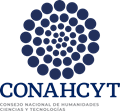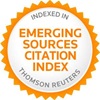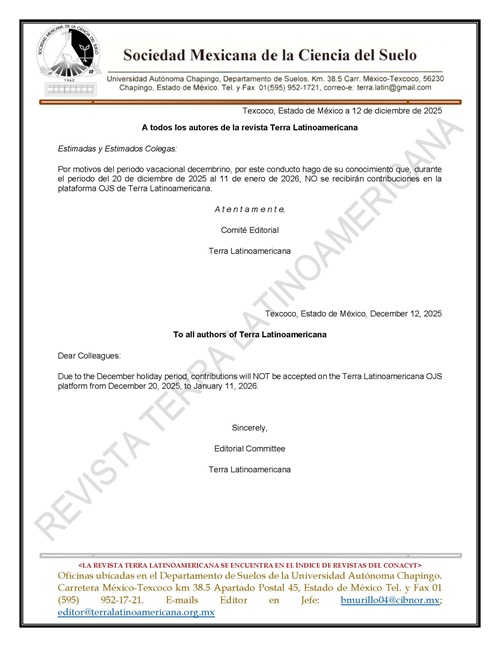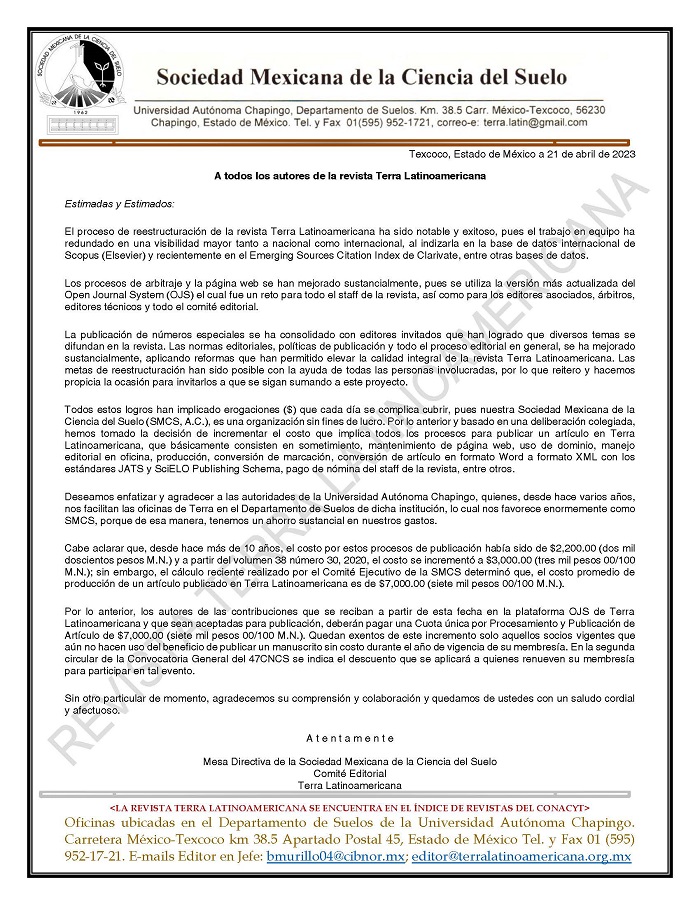Response to Fertilization of ‘Marrs’ Orange Trees with Symptoms Associated with CTV and HLB
DOI:
https://doi.org/10.28940/terralatinoamericana.v43i.1988Keywords:
Citrus sinensis, citrus tristeza virus, nutritional status, huanglongbingAbstract
The incidence of citrus tristeza virus (CTV) and Huanglongbing (HLB) are associated with nutritional imbalance, the presence of symptoms in the tree canopy and low orange production. Balanced fertilization is used as an alternative to mitigate damage. The objective of our study was to assess the fertilization ef fects in nutritional status of ‘Marrs’ orange trees with symptoms associated with CTV and HLB, and the mineral composition of the fruits. The study was conducted of August 2019 to December 2020 in a commercial plantation with six-year-old trees. Before fertilization, implementing the DOP indices carried out a nutritional diagnosis. The experimental design used was random blocks in split plot arrangement, with three replications. The variables were: nutritional status of the tree, nutritional deficiencies in the leaf, and mineral composition of the fruit. The DOP method detected that
Zn > Mn > Cu > B > P > Mg > Fe > K > N > S were the most required minerals; indices
for N, S, Zn, and Mn show a tendency to decrease in trees with mild and advanced symptoms. Chemical foliar fertilization promoted the development of vegetative shoots without nutritional deficiencies during flowering and fruit set. However, an atypical drought during fruiting af fected the trees’ response to the treatments. The trees presented symptoms of Zn and Mn deficiencies, combined with asymmetric chlorotic mottling in the leaf blade associated with CTV and HLB. Overall, the mineral composition of the fruits was deficient except for P, Ca, and Cu.
Downloads
Publication Facts
Reviewer profiles N/A
Author statements
- Academic society
- Terra Latinoamericana
- Publisher
- Mexican Society of Soil Science, C.A.

















